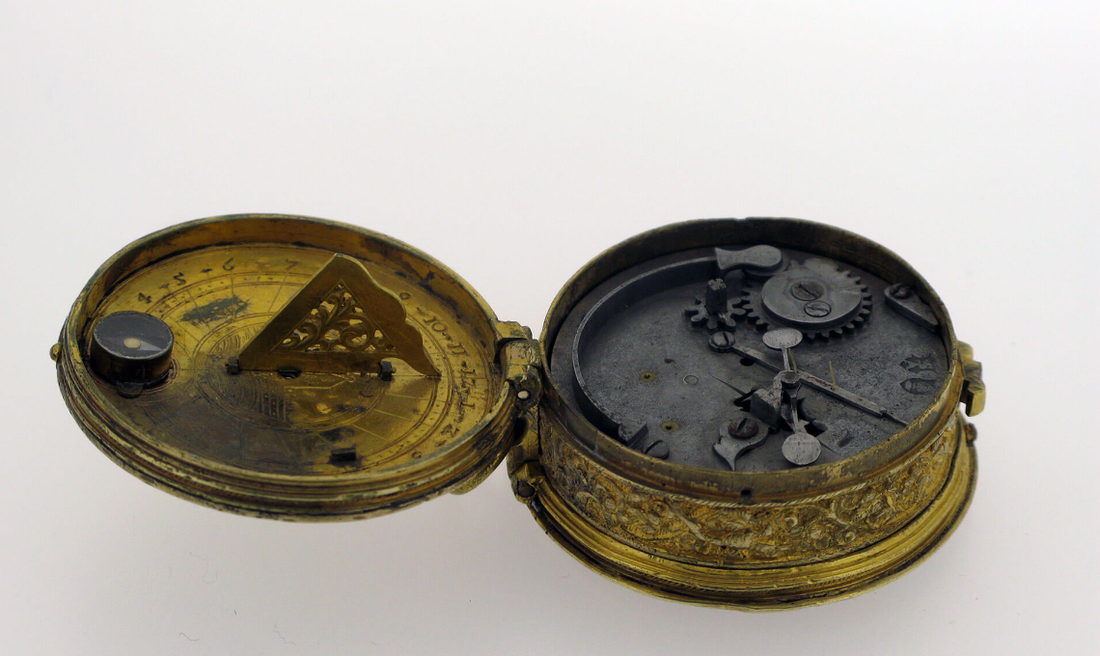Watches have evolved from simple timekeeping devices to intricate pieces of art and technology that adorn our wrists. Their history is a journey through centuries of innovation and craftsmanship. In this blog, we'll embark on a captivating journey to explore the rich and fascinating history of watches, from their humble beginnings to the modern marvels we wear today.
Ancient Sundials and Water Clocks
The concept of measuring time dates back thousands of years, and early civilizations devised various methods to track the passage of time. One of the earliest timekeeping devices was the sundial, which used the position of the sun's shadow to indicate the time of day. Sundials were widely used in ancient Egypt and Greece and served as a practical means of telling time for centuries.
Another early timekeeping device was the water clock, also known as a clepsydra. These clocks used the steady flow of water to measure time, with markings on the container indicating the hours as the water level rose or fell. Water clocks were used by civilizations like the ancient Chinese and Egyptians.
The Birth of Mechanical Clocks
The transition from sundials and water clocks to mechanical clocks marked a significant advancement in timekeeping. Mechanical clocks began to appear in Europe in the 14th century, and they used gears, weights, and escapements to regulate the passage of time. These early clocks were massive and could be found in churches and town squares.
Portable Pocket Watches
During the 16th century, a new innovation emerged: the portable pocket watch. These early pocket watches were relatively large and needed to be carried in pockets, hence the name. They were primarily owned by the wealthy elite and often regarded as fashion accessories. The first pocket watches had no protective covers, making them vulnerable to dust and damage.
The Birth of Wristwatches
The 19th century saw the emergence of wristwatches, albeit as more of a novelty than a practical timekeeping solution. Early wristwatches were often worn by women as decorative pieces of jewelry. However, they quickly gained popularity among soldiers during the 19th and early 20th centuries due to their practicality in combat situations. Wristwatches became an essential tool for synchronizing military operations during World War I, further popularizing them among men.
The Rise of Swiss Watchmaking
Switzerland became synonymous with watchmaking excellence during the 18th and 19th centuries. Swiss watchmakers, such as Abraham-Louis Breguet and Patek Philippe, were pioneers in horological innovation. They introduced features like the tourbillon and the perpetual calendar, which added precision and complexity to timepieces.
The Quartz Revolution
In the 20th century, the watch industry witnessed a revolution with the advent of quartz technology. Quartz watches, which replaced traditional mechanical movements with battery-powered quartz crystals, were remarkably accurate and affordable. This technological leap made watches accessible to a wider audience and nearly toppled the Swiss watch industry.
The Modern Era of Watches
The late 20th and early 21st centuries have seen the convergence of art, craftsmanship, and cutting-edge technology in watchmaking. Luxury watch brands like Rolex, Omega, and TAG Heuer continue to produce exquisite mechanical timepieces that blend tradition with innovation. Meanwhile, smartwatches have taken the world by storm, combining traditional watch design with digital functionality, fitness tracking, and connectivity.
The history of watches is a testament to human ingenuity and our relentless pursuit of precision and beauty. From ancient sundials to the sophisticated timepieces of today, watches have come a long way. They have evolved from mere timekeepers to expressions of personal style and status symbols. As technology continues to advance, the world of horology remains a captivating blend of tradition and innovation, ensuring that the legacy of watches endures for generations to come.

